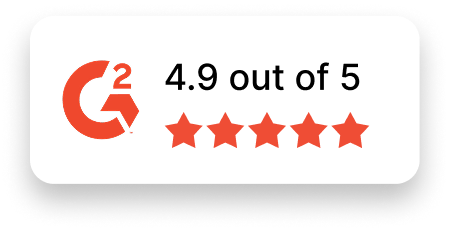Information Security Analyst Job Description Template
Use this template to craft job descriptions for hiring Information Security Analysts. Tailor it to meet your organization’s specific needs and objectives.
Job Title: Information Security Analyst
Location: [Specify Location or Remote]
Job Type: [Full-time/Part-time/Contract]
About the Role
We are seeking a detail-oriented and proactive Information Security Analyst to help safeguard our organization’s digital assets and maintain the integrity of sensitive information. You will play a central role in identifying, analyzing, and mitigating security risks while implementing policies and procedures to strengthen our overall security posture.
If you are passionate about cybersecurity, staying ahead of emerging threats, and working in a fast-paced, collaborative environment, this position offers a rewarding platform to make a meaningful impact.
Responsibilities
- Monitor and analyze security systems, alerts, and logs to detect and respond to potential threats or breaches.
- Perform vulnerability assessments and penetration tests, identifying and addressing security risks.
- Develop, implement, and maintain security policies, procedures, and best practices.
- Manage security incident response efforts, including identification, containment, and recovery from cyber incidents.
- Conduct risk assessments for new systems, software, and third-party solutions.
- Collaborate with IT teams on secure configurations for networks, servers, and applications.
- Ensure compliance with relevant regulatory requirements and standards (e.g., GDPR, ISO 27001, HIPAA).
- Provide security awareness training to employees and enforce best practices across the organization.
- Research and evaluate emerging security technologies to improve defenses.
- Prepare detailed reports on security incidents, risk assessments, and technical findings for leadership.
Required Skills & Experience
- Bachelor’s degree in Cybersecurity, Computer Science, Information Systems, or a related field (or equivalent experience).
- Proven experience in information security, cybersecurity, or a similar role.
- Strong knowledge of security frameworks and standards, such as NIST, ISO, or CIS.
- Proficiency in using security tools, including firewalls, SIEM, IDS/IPS, and endpoint protection.
- Experience with vulnerability and risk assessment tools (e.g., Nessus, Qualys, OWASP methodologies).
- Knowledge of encryption technologies, secure coding practices, and network security.
- Understanding of compliance requirements like SOC 2, PCI DSS, or GDPR.
- Excellent analytical and problem-solving skills, with a strong attention to detail.
- Effective communication and teamwork skills to collaborate across departments.
- Familiarity with incident response and threat intelligence platforms.
Nice-to-Have Skills
- Certifications such as CISSP, CISM, CEH, or CompTIA Security+.
- Experience with cloud security practices on platforms like AWS, Azure, or Google Cloud.
- Knowledge of scripting languages (e.g., Python, Bash) for automation and threat analysis.
- Background in conducting forensic analysis of system logs and data breaches.
- Familiarity with DevSecOps practices and integrating security in CI/CD pipelines.
- Experience handling advanced persistent threats (APTs) and phishing attacks.
- Understanding of identity and access management (IAM) frameworks.
Why Join Us?
- Meaningful Work: Help protect critical systems and data, making a direct impact on the organization’s success.
- Collaborative Team: Work with talented individuals in a supportive and cutting-edge environment.
- Opportunities to Learn: Gain access to advanced tools, training, and certifications to deepen your skills.
- Flexible Work Arrangements: Enjoy hybrid or remote work options to maintain work-life balance.
- Inclusive Workplace: Join a diverse and inclusive culture where your opinions and abilities are valued.
Apply Now
Are you ready to be a key player in protecting essential data and ensuring organizational security? Join [Your Company Name] as an Information Security Analyst and help us create a safer digital future. Apply today!

